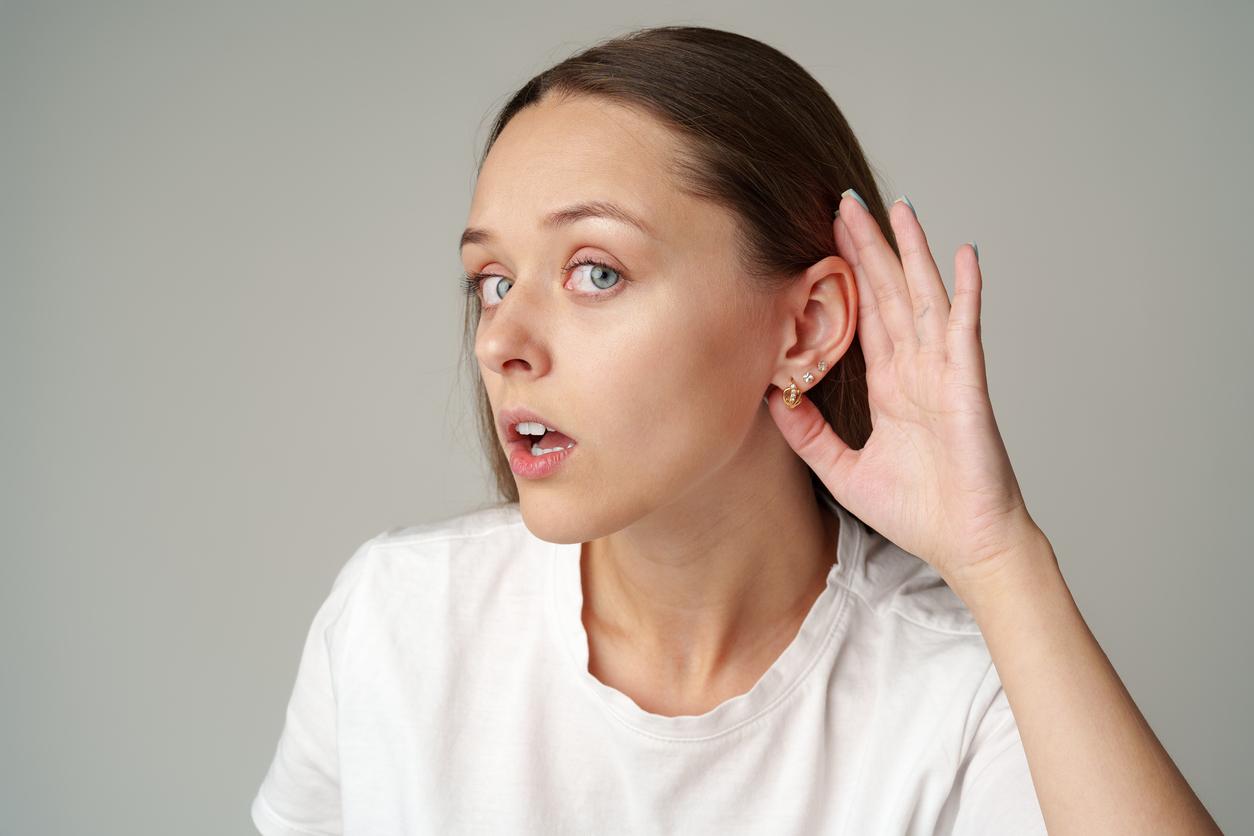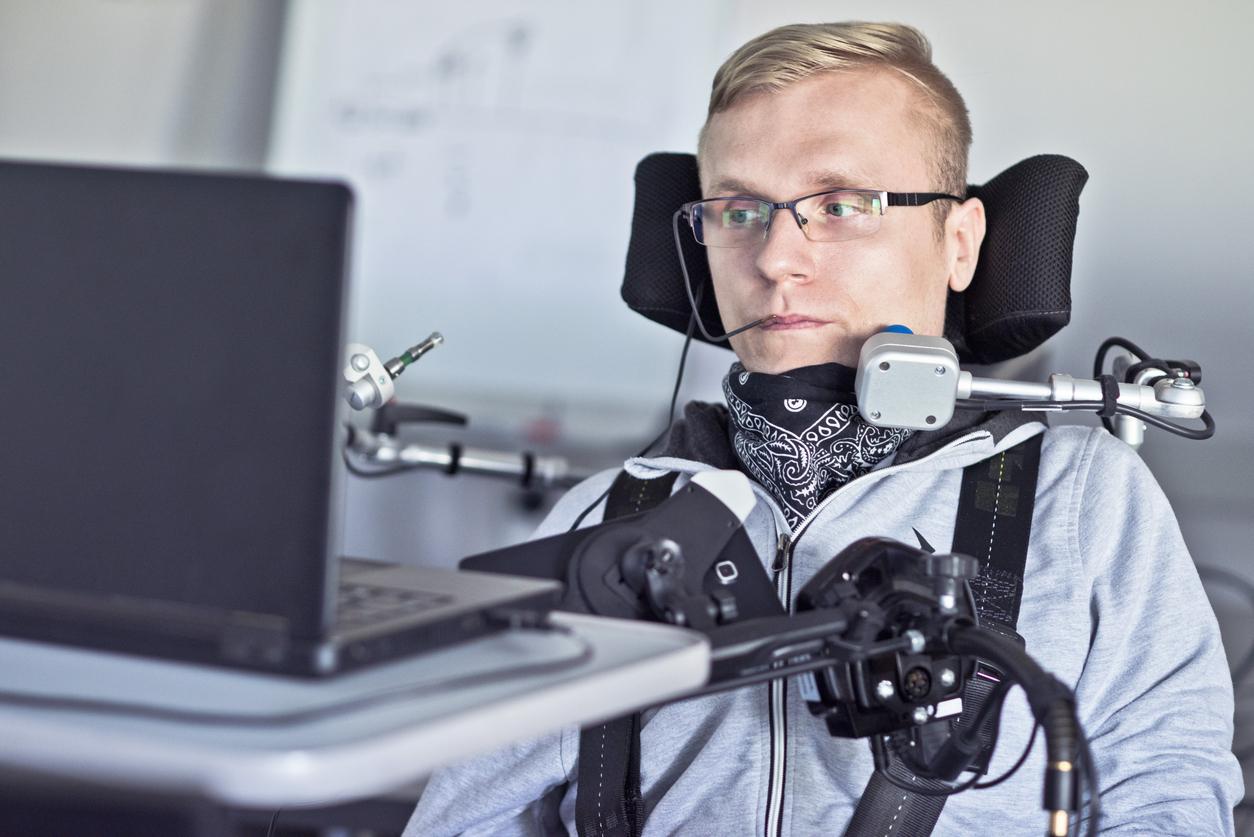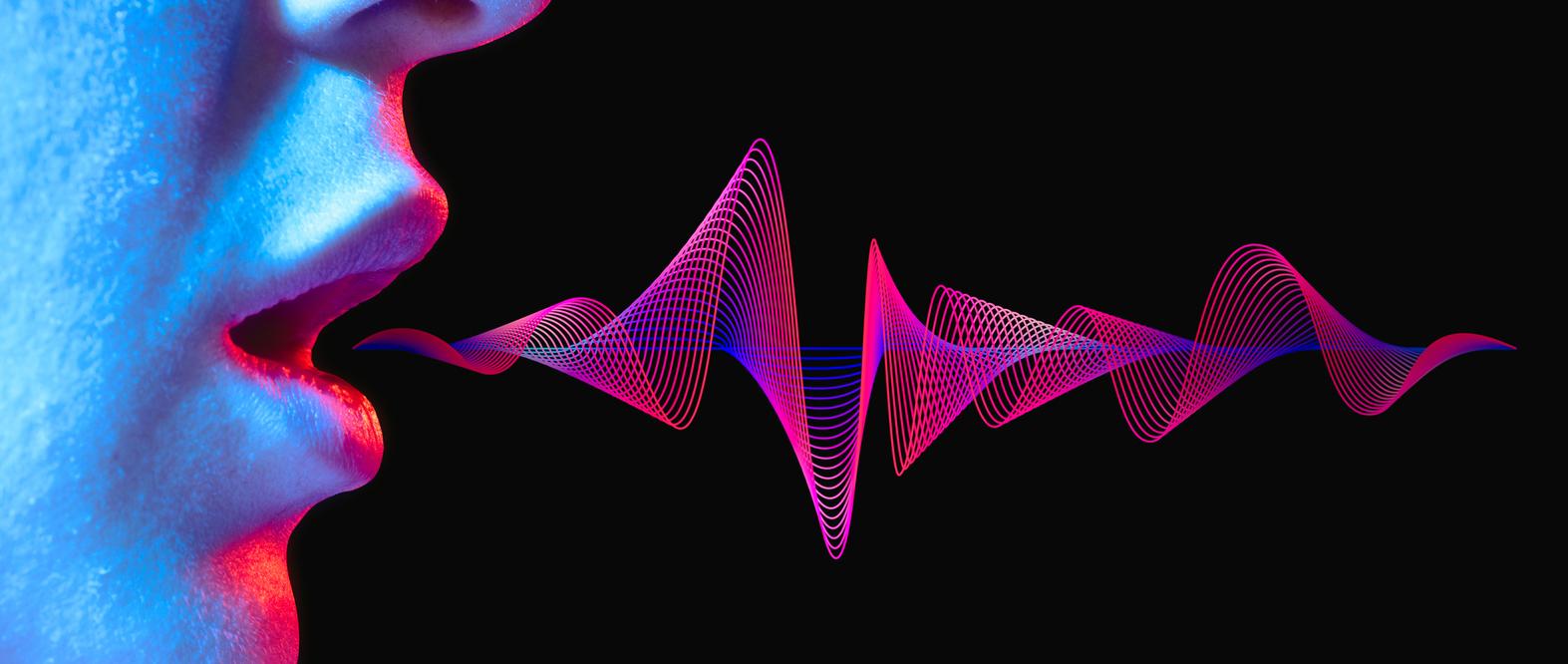A team of American researchers has developed functional vocal cord tissues in the laboratory, which could ultimately allow transplants to be performed.

It’s a first. Scientists have succeeded in making vocal cord tissues that are biocompatible and functional in the laboratory. This feat could eventually pave the way for transplants for the millions of patients who suffer from voice problems.
These scientific works, published in the journal Science Translational Medicine, are still in their early stages. However, the advance is meant to be significant insofar as the vocal cords constitute “a delicate and difficult system to replicate”, specifies the main author, Nathan Welham, of the University of Wisconsin.
Functional on dogs
These vocal cord tissues lasted for three months in the body of a mouse, whose immune system had been altered to mimic that of humans. They were also able to produce vibrations when transplanted to dead dogs.
It took two weeks to develop them in the lab. They were made from fibroblasts (cells responsible for the formation of collagen fibers) and human epithelial cells (which form an organic tissue called coating).
These cells were isolated, purified, and then applied to a three-dimensional collagen-based scaffold, the same type as the scaffolds used to grow artificial skin in the laboratory. The tissues thus developed have the appearance of natural vocal cords, moist and elastic, say the researchers.
No treatment to date
However, vocal cord grafts from these tissues are not possible for several years. But when this technique is developed and tested on humans, it can serve the cause of the 20 million people who suffer from vocal cord dysfunction (in the United States), for which there is no effective treatment. nowadays.
.
















